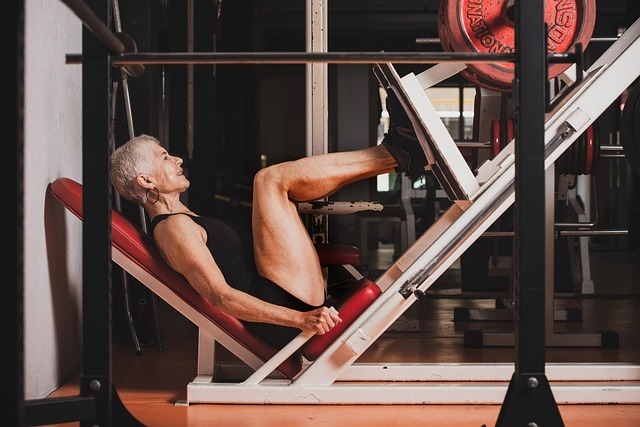Understanding Our Attachment to Possessions
When we examine our attachment to possessions, we must consider that in this modern age of consumerism, our lives often revolve around acquiring and holding onto possessions. From sentimental items to practical belongings, each object seems to accumulate a story and significance in our lives. But why do we become so attached to our things, and why is it often challenging to let them go, especially when faced with the need to downsize?
The Psychological Attachment to Possessions
Psychologists suggest that our attachments to possessions are based on several factors:
- Identity and Self-Expression: Many of us use possessions to express who we are. Whether it’s through clothing that reflects our style, artwork that resonates with our aesthetic preferences, or hobbies that define our leisure time, our belongings become extensions of our identity. The process of downsizing can feel like letting go of a part of ourselves, which can be emotionally challenging.
- Emotional Significance: Objects often carry emotional weight. A gift from a loved one, a souvenir from a memorable trip, or even childhood toys can evoke powerful memories and emotions. These items serve as tangible reminders of important experiences, relationships, and milestones in our lives. The thought of discarding them can trigger feelings of loss or nostalgia, making it difficult to part with even when their practical utility has faded away.
- Fear of Loss and Waste: Another reason for attachment to possessions is the fear of regretting the loss of an item or feeling like we wasted money if we discard something that could potentially be useful in the future. This fear often leads to accumulation and clutter as we hesitate to let go of things “just in case” we might need them later.
- Comfort and Security: Possessions can provide a sense of security and familiarity. They create a stable environment and can act as a buffer against anxiety and uncertainty. The presence of familiar objects in our living spaces can contribute to a sense of comfort and emotional well-being, making the prospect of reducing our belongings daunting.
Challenges of Downsizing
When faced with the need to downsize—whether due to moving to a smaller space, financial reasons, or simply decluttering for a clearer living environment—these attachments can pose significant challenges:
- Decision Paralysis: The sheer volume of possessions and their emotional significance can lead to indecision and procrastination. It can be overwhelming to decide what to keep and what to discard, especially when each item seems to hold personal meaning or potential future value.
- Guilt and Anxiety: Many people experience guilt about discarding gifts or anxiety about losing important memories associated with their possessions. The emotional burden of letting go can manifest as feelings of sadness, regret, or even fear of making the wrong decision.
- Overestimating Value: There is often a tendency to overestimate the value or usefulness of our possessions, which can make it challenging to prioritize and streamline our belongings. This can result in clutter and inefficiency in our living spaces.
Strategies for Effective Downsizing
While downsizing can be emotionally challenging, there are strategies to help navigate this process:
- Mindful Evaluation: Instead of focusing solely on what to discard, take time to reflect on what truly adds value to your life now. Consider your current lifestyle, goals, and priorities. Keep items that align with who you are today and support your well-being.
- Gradual Decluttering: Start small and tackle one area or category of possessions at a time. Breaking down the task into manageable steps can reduce being overwhelmed and make decision-making easier. For example, begin with a specific room or type of item (e.g., clothing, books) before moving on to the next.
- Digital Preservation: For sentimental items like photographs, letters, or documents, consider digitizing them to save space while still preserving memories. Digital storage solutions allow you to keep a record of important moments without the physical clutter.
- Seek Support: Involve friends or family members in the downsizing process. They can provide objective perspectives and emotional support, helping you navigate difficult decisions and stay motivated. Sometimes, having a trusted person to share memories with can make it easier to let go of physical items.
- Letting Go Rituals: Some people find it beneficial to develop rituals or ceremonies to say goodbye to items that hold sentimental value. This can be as simple as expressing gratitude for the role the item played in your life before letting it go. Acknowledging the significance of each possession can help honor its memory while easing the emotional attachment.
- Reframing Perspectives: Instead of viewing downsizing as a loss, consider it as an opportunity for renewal and organization. Clearing out unnecessary clutter can create a more spacious and functional living environment, promoting a sense of calm and productivity. Consider that by donating or giving items away, others will have enjoyment of those possessions that once had significance in your life.
Finding Freedom In Letting Go
Understanding why we form attachments to possessions and recognizing the emotional hurdles of downsizing are fundamental steps in managing our relationship with stuff. By applying mindful evaluation, seeking support, and respecting the emotional significance of our belongings, we can navigate the process of downsizing effectively and create a living environment that supports our current lifestyle and goals.
Ultimately, downsizing is not just about reducing physical clutter but also about cultivating a mindset of intentional living. By focusing on what truly matters and letting go of excess, we can create space for new experiences, opportunities, and personal growth.
Be sure to visit our online store for programs and guides.
Watch our video here, or watch on our YouTube Channel:
Your questions and comments are always welcome! Contact us to learn more.


